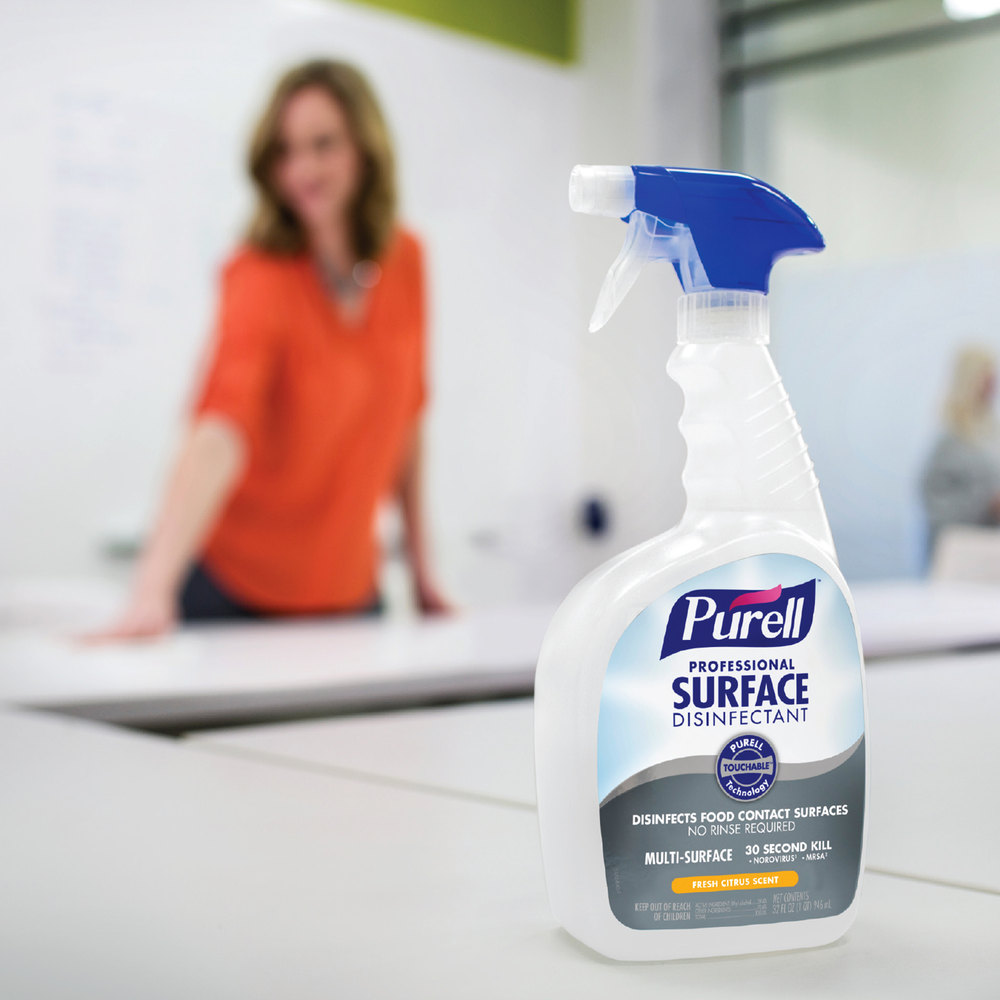Here’s what you need to know about the illness and how to stay safe:
According to CNN, the novel coronavirus is now a “public health emergency of international concern,” killing more than 2,700 people and infecting more than 80,000 worldwide.
A US health official said it’s not a matter of if, but when, this virus will spread in America. And the US Centers for Disease Control and Prevention expects the virus to keep spreading beyond this year.
What is different about this coronavirus?
Coronaviruses are not new. There are many kinds in existence, including what we call the common cold. This particular one, however, is called the ‘novel” coronavirus because it has not been previously identified in humans.
It’s also unusual for a couple of other reasons:
- It is believed to have jumped from animals to humans, which is rare
- It then became transmissible from human to human, which is even rarer
- You may be infected for up to 14 days before you show any symptoms, which is worrisome because you are spreading the virus that entire time.
What is COVID-19?
COVID-19 is the official name for this coronavirus. It refers to the infectious disease caused by the most recently discovered coronavirus. This new virus and disease were unknown before the outbreak began in Wuhan, China, in December 2019.
What are the symptoms of this coronavirus?
According to the World Health Organization, the most common symptoms of COVID-19 are fever, tiredness, and dry cough. Some patients may have aches and pains, nasal congestion, runny nose, sore throat, or diarrhea. These symptoms are usually mild and begin gradually. Some people become infected but don’t develop any symptoms and don’t feel unwell.
Most people (about 80%) recover from the disease without needing special treatment. Around 1 out of every 6 people who get COVID-19 becomes seriously ill and develops difficulty breathing. Older people, and those with underlying medical problems like high blood pressure, heart problems, or diabetes, are more likely to develop serious illnesses. About 2% of people with the disease have died. People with fever, cough, and difficulty breathing should seek medical attention.
What can workplaces do?
There are two key things companies can do to keep their employees healthy and their workplaces free from germs.
- Encourage sick employees to stay home until their fever has stayed below 100.4 degrees for at least 24 hours, without the help of fever-reducing medicine.
- Make sure the workplace is clean. Disposable wipes should be used frequently to wipe down commonly touched surfaces like doorknobs, refrigerator handles, faucets, microwave ovens, coffee makers, etc. And while it seems obvious employees should practice correct coughing etiquette — cover your mouth and nose completely with a tissue or your shirt sleeve — and wash their hands frequently for at least 20 seconds.
What about the flu?
The flu is also having a banner season and it is too soon to let your guard down about it. Influenza, or flu, is a contagious respiratory illness caused by viruses that infect the nose, throat and sometimes the lungs. Flu is different from a cold and usually comes on suddenly. There are two main types of flu virus: Types A and B. Both can cause mild to severe illness. The most important step in preventing flu is to get a flu vaccine each year.
People who have flu often feel some or all of these symptoms:
- Fever or feeling feverish/chills. It’s important to note that not everyone with flu will have a fever.
- Cough
- Sore throat
- Runny or stuffy nose
- Muscle or body aches
- Headache
- Fatigue (tiredness)
- Some people may have vomiting and diarrhea, though this is more common in children than adults.
It’s not too late to get a flu vaccine. Contact your health care provider for more information.
Is Coronavirus the same as the flu?
No. While they are both respiratory illnesses and present with similar symptoms, they are not the same and they are caused by different viruses. Neither virus is treatable with antibiotics, which only work on bacterial infections, and only the flu, at this point, has a vaccine available.
Both are best prevented by frequent, thorough hand washing, coughing into the crook of your elbow, staying home when sick and limiting contact with people who are infected.
We know Janitorial Supplies and we love talking about them. If you have any questions we can answer, please drop us a line.





